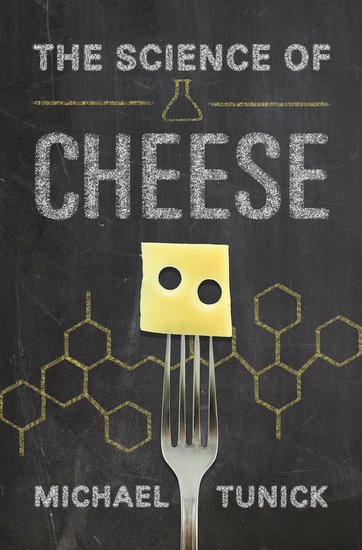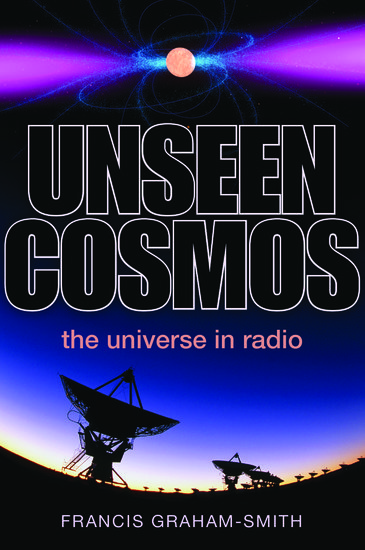The Man in the Monkeynut Coat and the men in the yellow jerseys
By Kersten Hall
It is a safe bet that the name of Pierre Rolland rings very few bells among the British public. In 2012, Rolland, riding for Team Europcar finished in eighth place in the overall final classifications of the Tour de France whilst Sir Bradley Wiggins has since become a household name following his fantastic achievement of being the first British person ever to win the most famous cycle race in the world.












